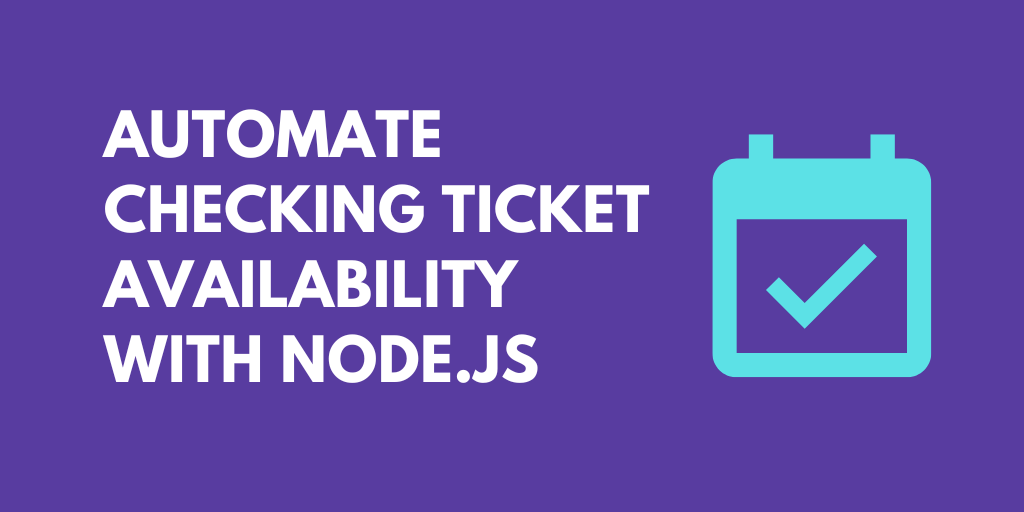What do you want to automate
with OANDA and Node?
Prompt, edit and deploy AI agents that connect to OANDA, Node and 3,000+ other apps in seconds.
Trusted by 1,000,000+ developers from startups to Fortune 500 companies
Popular OANDA and Node Triggers#
Emit new event when a new open position is created or updated in an Oanda account. See the documentation
Emit new event when a new trade is opened in an Oanda account. See the documentation
Emit new event whenever a trade is executed in the user's account. See the documentation
Popular OANDA and Node Actions#
Write custom Node.js code and use any of the 400k+ npm packages available. Refer to the Pipedream Node docs to learn more.
Retrieve historical price data for a specified currency pair or instrument within a given time range. See the documentation
Overview of OANDA#
The OANDA API enables you to tap into the world of forex trading, providing real-time currency exchange rates, and the ability to automate trading strategies, manage accounts, access market data, and more. On Pipedream, you can craft workflows that capitalize on OANDA's capabilities, such as reacting to market changes, automating trades based on custom logic, and syncing forex data with other business applications for analysis and decision-making.
Connect OANDA#
import { axios } from "@pipedream/platform"
export default defineComponent({
props: {
oanda: {
type: "app",
app: "oanda",
}
},
async run({steps, $}) {
return await axios($, {
url: `https://api-fxpractice.oanda.com/v3/accounts`,
headers: {
Authorization: `Bearer ${this.oanda.$auth.personal_token}`,
},
})
},
})
Overview of Node#
Develop, run and deploy your Node.js code in Pipedream workflows, using it between no-code steps, with connected accounts, or integrate Data Stores and File Stores
This includes installing NPM packages, within your code without having to manage a package.json file or running npm install.
Below is an example of installing the axios package in a Pipedream Node.js code step. Pipedream imports the axios package, performs the API request, and shares the response with subsequent workflow steps:
Connect Node#
// To use previous step data, pass the `steps` object to the run() function
export default defineComponent({
async run({ steps, $ }) {
// Return data to use it in future steps
return steps.trigger.event
},
})Community Posts#
